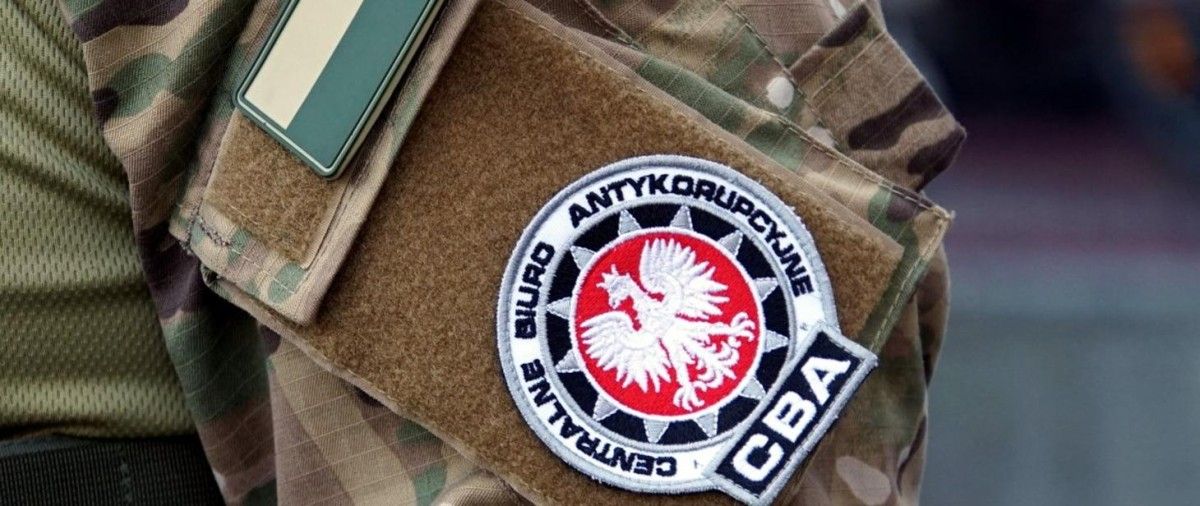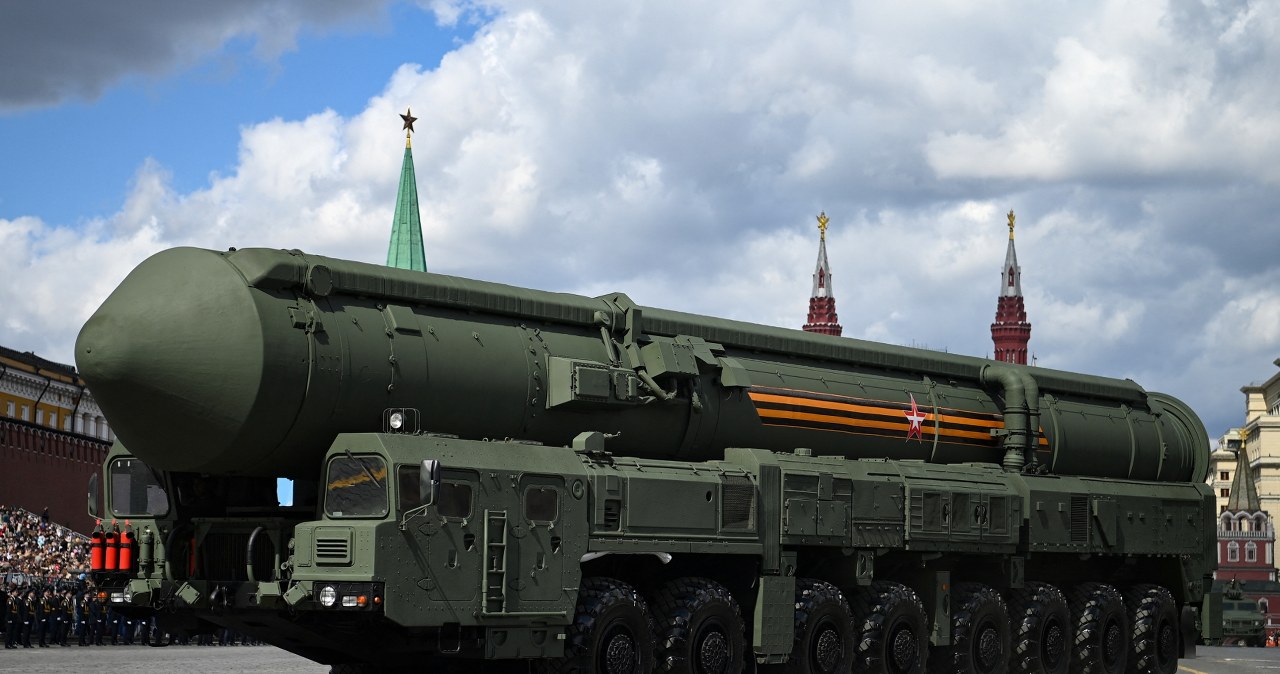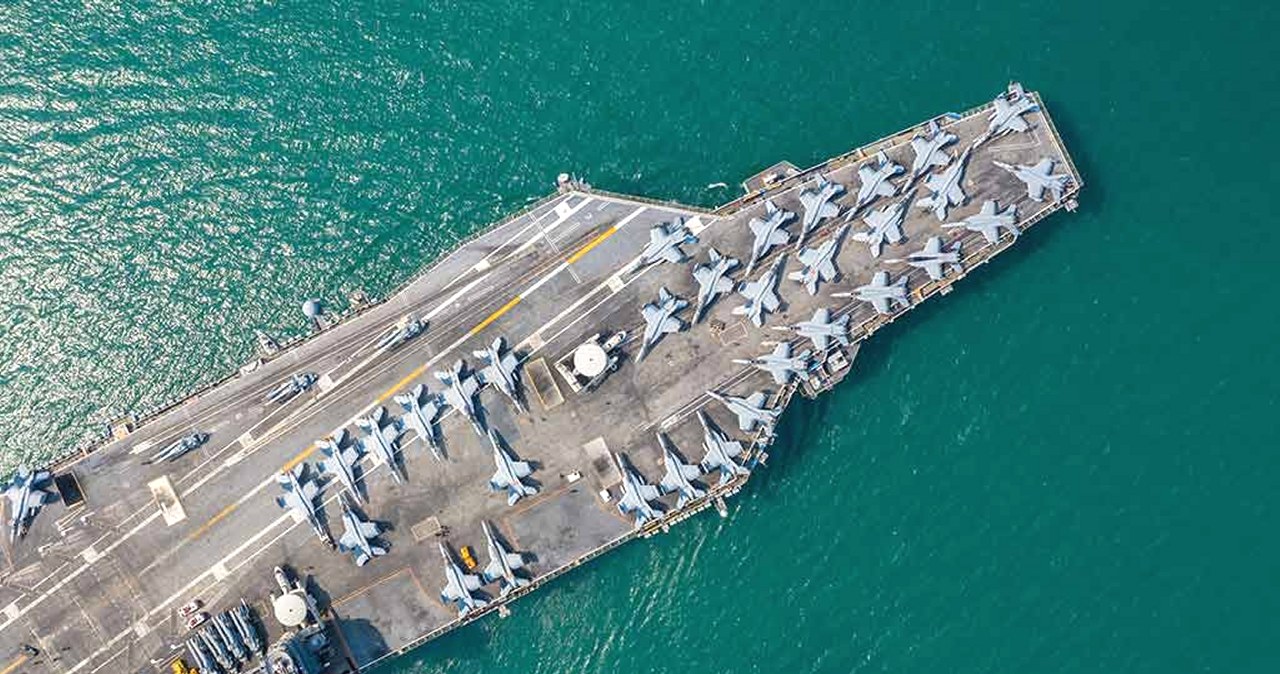This example provides an example of the usage of 3G-HF (STANAG-4538) Fast Traffic manager (FTM) protocol, which is sometimes referred to as simply FLSU (Fast Link SetUp). More precisely, FLSU is utilized to set up links, and it includes the traffic kind that will be utilized immediately after the link set up is complete; FTM is utilized after the FLSU for cases in which the traffic kind needs to be changed, or to negociate channel access among linked stations.
As stated in S-4538 Annex-C Edition1 Amendment2, if a link has been established for transportation of packet traffic utilizing the HDL+ data link protocol (BW7), all FTM and FLSU Protocol Data Units (PDUs) transmitted for the remaining duration of the packet link shall be transmitted utilizing the BW6 burst waveform: thus, since the usage of BW6, the link was initialized for HDL+ protocol. But, as you can see in Figure 1, at any point an FTM negotiation causes the change of the traffic type: from HDL+ (BW7 waveform) to LDL (BW3 waveform).
 |
| Fig. 1 - traffic kind change |
It's worth noting the usage of BW4 waveform bursts after LDL data delivery, it's requested by the #4.6.5 Dual Demodulation condition: "Under no circumstances shall stations be required to simultaneously demodulate more than 2 waveforms. Any script requiring more than dual-demodulation is either an mistake in the specification or an mistake in interpretation" (1).
By the way, the BW3 burst transports a L3Harris "Citadel" encrypted message (Figure 2).
 |
| Fig. 3 |
https://disk.yandex.com/d/YCupV-cFBXOmqQ
(1) HDL+ states is missing in the Table 4.6.5-1: however, since BW6 burst waveform is utilized for Ack/EOM/Term messages, Master and Slave stations anticipate to receive a BW6 or a BW7 waveform.










